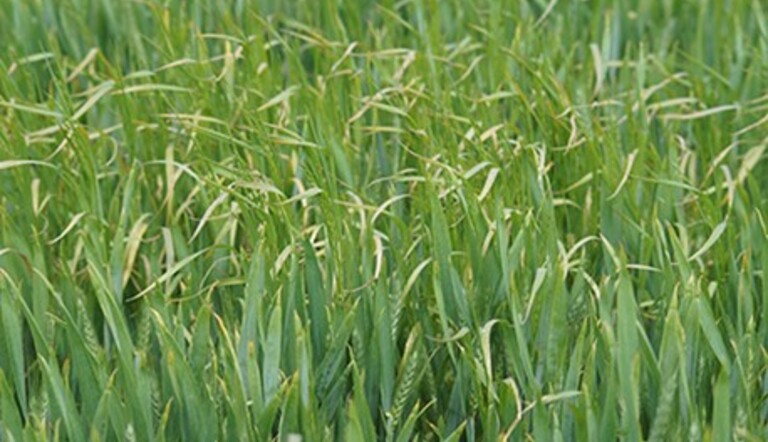
Controlling Brome in OSR

Brome, of which there are five main species in the UK, has become a significant problem for some growers as populations have spread from field margins towards the centre of fields. This migration has been amplified by the prevalence of min-till and no-till establishment systems which means brome seeds are no longer being buried by the faithful plough.
To ensure adequate control of brome, the first step is to correctly identify which species are present, and to devise a strategy to tackle them accordingly.
Propaquizafop versus ALS resistant brome
The choice of herbicides capable of controlling brome in oilseed rape is somewhat limited, but FALCON® (100g/l propaquizafop) which is more commonly used to control volunteer cereals in broad-leaved crops, remains a viable option. In fact, trials have also shown that FALCON® provides excellent protection against four of the five species of brome, delivering a 92-98% reduction in target populations of ALS resistant barren, great, meadow and rye brome.
FALCON® also partners well with cycloxidim to control different brome species as they emerge throughout the autumn: an early autumn application of FALCON® will provide good control of volunteer cereals at the beginning of the season, with a subsequent treatment of cycloxydim offering good activity against later emerging grassweeds.
The five main brome species commonly found as weeds in UK arable crops are:
1. Barren or sterile brome (Bromus sterilis)
Very common throughout England and Wales, more scattered in Scotland. Very common in field margins and hedgerows as well as within arable fields.
2. Soft brome (Bromus hordeaceus)
Very common throughout the UK. Most commonly found in grassland, field margins, waste ground and roadside verges, but also occurs in arable fields.
3. Great brome (Bromus diandrus)
Mainly found in East Anglia, but scattered throughout the rest of England.
4. Meadow brome (Bromus commutatus) taxonomically is now considered to be a variety of smooth brome (B. racemosus).
Mainly found in grassland situations, especially old pastures, but also occurs in arable fields.
5. Rye brome (Bromus secalinus)
Mainly found in scattered locations in the southern half of England. Largely confined to arable fields, field margins and waste ground.
(Source: Identification of Brome grasses, Dr Stephen Moss, Rothamsted Research.)
FALCON® (100g/l propaquizafop) is a foliar acting selective herbicide with systemic activity on a wide range of grass weeds and volunteer cereals. Its broad-spectrum activity is complemented by a built-in adjuvant. The speed of kill delivered by FALCON® is faster when target weeds are actively growing under warm conditions with adequate moisture. FALCON® can be used in potatoes, sugar beet, oilseed rape and a wide range of other broad-leaved crops.
